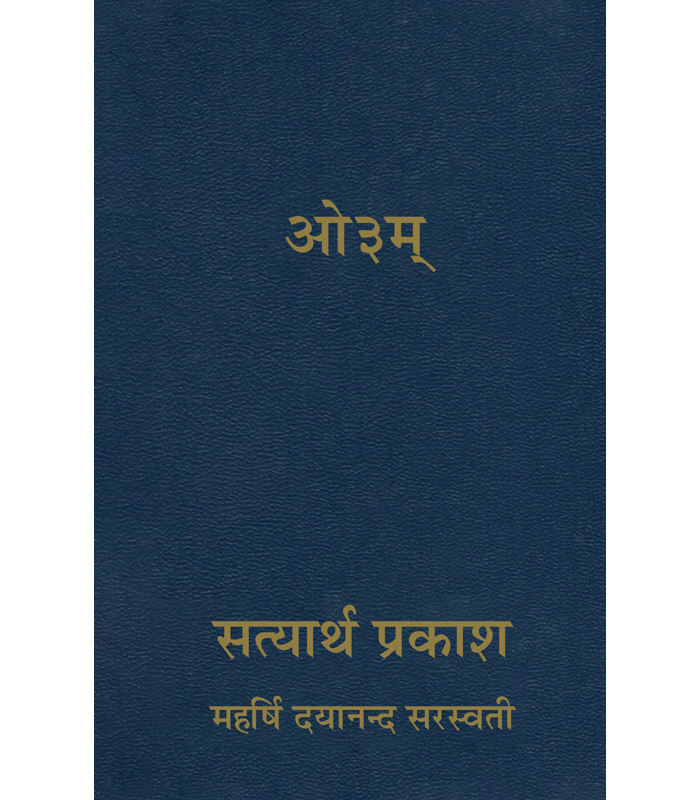OCO orders pros and cons of accepting bitcoin for a small business offer considerable benefits, especially in risk management and trading efficiency, they demand careful consideration of their complexities and limitations. Understanding these factors enables traders to maximize OCO orders’ benefits while being aware of potential challenges. If a trader wanted to trade a break above resistance or below support, they could place an OCO order that uses a buy stop and sell stop to enter the market. When trading on Binance, you can use OCO orders as a basic form of trade automation.
The sell order will only be placed if the trigger price is reached or exceeded, which in this case is 0.34 BTC. So, if the price of ETH/BTC drops to or below 0.34 BTC, a sell order will be placed at 0.3 BTC. They give you the ability to place both a protective stop loss order to minimize your losses and a limit order to maximize you gains. For instance, you may have bought 5 ETH for 0.34 BTC due to speculation that ether will likely increase in value against bitcoin. You can then use OCO orders to minimize losses should your prediction be incorrect, or take profits if the outcome is in your favor. The key difference is that a stop-loss order is a singular order designed to minimize losses by closing a position at a certain price.
Support
This is especially valuable in fast-moving markets or for those juggling multiple positions, combining strategic planning with operational efficiency. Absolutely, OCO orders are highly adaptable and can be utilized in various 7 bittrex alternatives for investors and traders markets, including stocks, forex, commodities, and cryptocurrencies. They are especially beneficial in volatile markets where prices can fluctuate rapidly, as they enable traders to prepare for multiple market scenarios. In wrapping up, one-cancels-the-other (OCO) orders, as standing amongst other advanced order types, stand as a refined yet accessible tool in the contemporary trader’s toolkit.
Related Terms
- Nevertheless, their effectiveness hinges on a deep understanding of their workings and judicious application.
- If the stock trades up to $13, the limit order to sell executes, and the investor’s holding of 1,000 shares sells at $13.
- In wrapping up, one-cancels-the-other (OCO) orders, as standing amongst other advanced order types, stand as a refined yet accessible tool in the contemporary trader’s toolkit.
The investor believes Nvidia’s stock (NVDA) might surge to new highs or drop due to market fluctuations. Perhaps some of this uncertainty could be due to news regarding the US talking about selling AI chips in China. The functional dynamics of OCO orders revolve around their automated, conditional framework. This automation is a fundamental aspect of the OCO system, streamlining trades and guarding against conflicting market positions.
Nevertheless, their effectiveness hinges on a deep understanding of their workings and judicious application. Each OCO order type caters to different trading strategies, from risk management and profit securing to breakout exploitation and hedging. Understanding and applying these OCO orders empowers traders to tackle financial market complexities with precision and confidence. If OCO orders are used to enter the market, the trader must manually place a stop-loss order when the trade is executed. The time in force for OCO orders should be identical, meaning that the time frame specified for the execution of both stop and limit orders should best security practices for your deribit account be the same. To summarize, OCO buy orders involve buy-stop and buy limit orders, while OCO sell orders include sell-stop and sell limit orders.
In a one-triggers-a-one-cancels-the-other order, you place a primary order which, if executed, triggers 2 secondary orders. A very large limit sell order or a cumulation of sell orders at the same price level on an order book for a… Now, the investor holds NVDA at $470, with the OCO order having eliminated the sell stop. This allows them to manage this new position, perhaps by setting a new stop-loss to safeguard gains or a take-profit order for higher returns. Imagine a chess master, plotting a move that shields their king while subtly aiming at their opponent’s queen. That’s the essence of one-cancels-the-other (OCO) orders in the financial world.
Choose the criteria. See stocks that match.
A one-cancels-the-other order (OCO) is a pair of orders stipulating that if one order executes, then the other order is automatically canceled. An OCO order combines a stop order with a limit order on an automated trading platform. When either the stop or limit price is reached and the order executed, the other order automatically gets canceled. If the stock trades up to $13, the limit order to sell executes, and the investor’s holding of 1,000 shares gets sold at $13.
Advanced trading types: conditional orders
This function prevents the execution of conflicting orders, allowing traders to set up two potential trade scenarios with the knowledge that only one will be activated based on market movements. For instance, if a take-profit order in an OCO pair is executed, its corresponding stop-loss order is immediately canceled, and vice versa. Essentially, OCO orders strike a balance between managing risk and maximizing profits. They enable traders to prepare for various market scenarios, reducing constant market watching and snap decisions.




















 Calendar
Calendar Flyers
Flyers